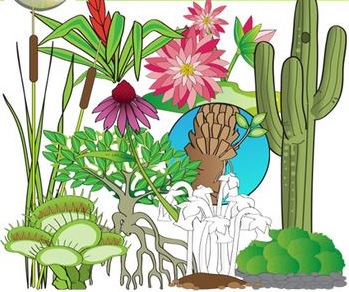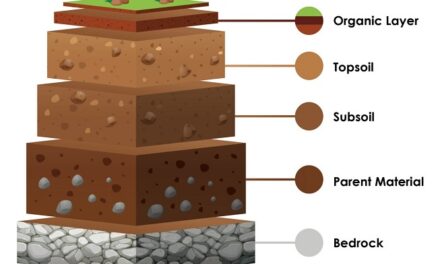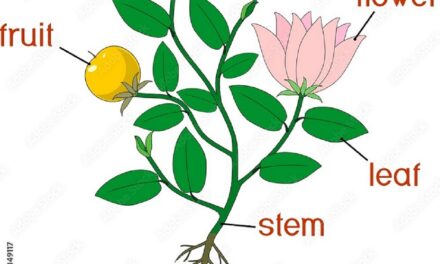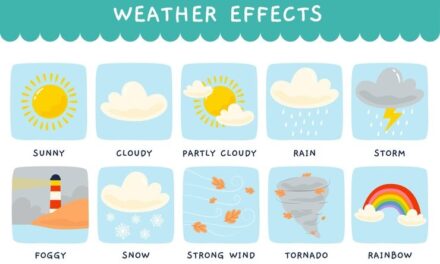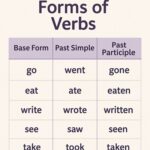Plants come in many shapes, sizes, and types, and each has its own unique characteristics. We’ll learn about different kinds of plants based on their size, strength, lifespan, flowers, and where they live. Let’s dive in and discover the amazing variety of plants around us!
Plants Based on Size and Strength
Plants can be different sizes and strengths. Let’s look at some common categories:
Herbs
Herbs are small, soft plants that usually don’t grow very tall. They often have a pleasant smell and are used in cooking or medicine. Examples of herbs include:
– Basil: Used in pizza and pasta dishes.
– Mint: Used to flavor tea and desserts.
– Coriander: Often used in salads and curries.
Herbs are usually green and have tender stems that are not very woody.
Shrubs
Shrubs are medium-sized plants with several woody stems. They are bigger than herbs but smaller than trees. Shrubs often have bushy, dense foliage and are used to make gardens look beautiful. Examples of shrubs include:
– Rose Bush: Known for its beautiful flowers and thorns.
– Holly: Often used for decoration during the holiday season.
– Azalea: Produces colorful flowers and is often found in gardens.
Shrubs can grow quite large, but they don’t reach the height of trees.
Trees
Trees are large, strong plants with a single, tall trunk and many branches. They can live for many years and are an important part of the environment. Examples of trees include:
– Oak: Known for its strong wood and large leaves.
– Pine: Has needle-like leaves and produces cones.
– Maple: Famous for its beautiful fall colors and syrup.
Trees can grow very tall and live for hundreds or even thousands of years.
Plants Based on Lifespan
Plants also differ in how long they live. Some plants live for just a short time, while others live for many years.
Annuals
Annual plants live for only one year. They grow, flower, and produce seeds all within a single growing season. After they produce seeds, they die. Examples of annuals include:
– Marigold: Bright flowers that bloom all summer.
– Petunia: Known for its colorful and fragrant flowers.
– Sunflower: Tall plants with large, sunny flowers.
Annuals are often planted in gardens for their bright and cheerful blooms.
Biennials
Biennial plants take two years to complete their life cycle. In the first year, they grow leaves and roots. In the second year, they flower, produce seeds, and then die. Examples of biennials include:
– Carrot: Grows roots in the first year and flowers in the second.
– Cabbage: Forms a head in the first year and produces seeds in the second.
– Foxglove: Has tall spikes of flowers that bloom in the second year.
Biennials are less common in gardens but are important for growing certain vegetables and flowers.
Perennials
Perennial plants live for more than two years. They usually flower and produce seeds each year, and they come back every growing season. Examples of perennials include:
– Lily: Known for its elegant flowers that return year after year.
– Hosta: Grows beautiful leaves and flowers in shaded areas.
– Coneflower: Produces daisy-like flowers and is great for attracting butterflies.
Perennials are often chosen for gardens because they return each year and require less replanting.

– Bamboo is one of the fastest-growing plants in the world. It can grow up to 35 inches in a single day!
– The world’s largest flower is the Rafflesia arnoldii, which can be over 3 feet wide!
– Some plants, like the Venus flytrap, can “eat” insects to get extra nutrients.
Plants Based on Bearing Flowers
Plants can also be classified based on whether or not they produce flowers.
Flowering Plants
Flowering plants produce flowers as part of their reproductive process. Flowers help these plants reproduce by attracting pollinators like bees and butterflies. Examples of flowering plants include:
– Rose: Known for its beautiful and fragrant flowers.
– Tulip: Produces colorful and bulbous flowers in spring.
– Orchid: Has exotic and delicate flowers.
Flowering plants come in many shapes, sizes, and colors, making them popular in gardens and floral arrangements.
Non-Flowering Plants
Non-flowering plants do not produce flowers. They reproduce in other ways, such as by producing spores or seeds without flowers. Examples of non-flowering plants include:
– Ferns: Reproduce by spores and have feathery, divided leaves.
– Moss: Grows in moist environments and reproduces with tiny spores.
– Pine Trees: Produce cones instead of flowers.
Non-flowering plants are often found in forests and other natural environments.
Plants Based on Habitat
Plants can also be categorized based on where they live. Different plants are adapted to live in specific environments.
Land Plants
Land plants grow on the ground and are adapted to survive in various conditions such as dry, wet, or cold environments. Examples of land plants include:
– Cactus: Adapted to live in dry, desert conditions with thick, water-storing stems.
– Maple Tree: Found in temperate forests and produces colorful fall leaves.
– Grass: Common in lawns, fields, and prairies.
Land plants have special adaptations to help them survive in their environments, such as deep roots to find water or thick leaves to prevent water loss.
Water Plants
Water plants grow in or near water. They are adapted to live in wet conditions and often have special features to help them float or survive underwater. Examples of water plants include:
– Water Lily: Floats on the surface of ponds with large, round leaves and beautiful flowers.
– Duckweed: Tiny plants that float on the surface of ponds and lakes.
– Reed: Grows in shallow water and has tall, slender stems.
Water plants play an important role in aquatic ecosystems by providing food and shelter for many aquatic animals.
The worksheet covers the following topics-
Plants- On the basis of size and strength
Herbs, Shrubs, Trees,
Climbers, Creepers
On the basis of Lifespan
Annuals, Biennials
Perennials
On the basis of bearing flowers
Flowering plants
Non-flowering plants
On the basis of Habitat
Land Plants
Water Plants

